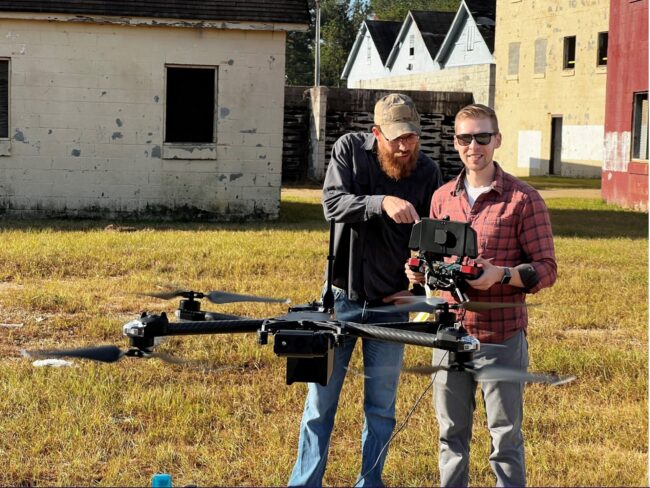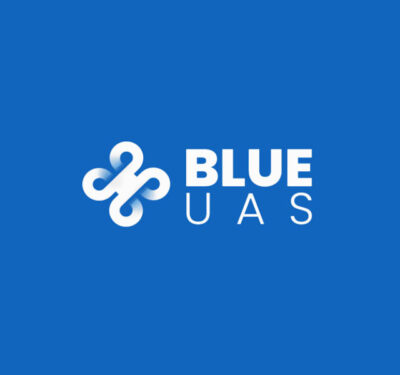
The Army has been busy on the UAS front.
Just days after awarding five Increment 2 Rapid Prototyping Other Transaction Agreements to further its goal of fielding a premier FTUAS (future tactical unmanned aircraft system), the service announced a select trio of candidates is entering Tranche 2 Prototype Testing for its Short Range Reconnaissance (SRR) small UAS.
The agency of record is the Project Manager Unmanned Aircraft Systems (PM UAS) Soldier Unmanned Aircraft Systems (SUAS) Product Office. According to a March 2 release from the Army outlining the testing cycle, the goal is to develop “a new capability for Army warfighters at the tactical edge of the battlefield.”
The Army’s Maneuver Battle Lab and Army Test and Evaluation Command SUAS conducted the first prototype testing of Tranche 2 SRR SUAS at Fort Benning, Georgia, Jan. 9-12. The event tested each vendor’s system against Army SRR requirements derived from the Capabilities Production Document.
Each vendor had one day to demonstrate day and night flight capabilities against set flight cards. These tests included based flight control, operational range, day and nighttime obstacle avoidance and advanced autonomy.
The T2 Rapid Prototyping vendors are Teal Drones, which is developing the Golden Eagle MK2 in Salt Lake City, Utah; Vantage Robotics, developing the Swift in San Leandro, California, and Skydio, developing the R47 in Redwood City, California.
The program started with 33 vendors submitting requests for prototype proposals. Of those, 10 candidates were selected to participate in a demonstration at Fort Benning. Following successful flights and technical briefings, SUAS selected three vendors to move forward throughout rapid prototyping development. After the awards, SUAS conducted two design reviews with each vendor to prepare them for the five upcoming testing events.
The SRR program continues to follow a Middle Tier of Acquisition pathway using Other Transaction Agreements to execute on an accelerated schedule. SUAS Tranche 2 will be the next generation SRR system, improving on the Tranche 1 capabilities by achieving the full threshold and objective requirements as derived from the Army’s Capabilities Production Document.
The T1 SRR system, also known as the RQ-28A, provides maneuver platoons with an organic capability to conduct beyond line-of-sight operations. The RQ-28A is a small, vertical takeoff and landing aircraft that Soldiers at the tactical level can use to conduct real time reconnaissance, surveillance and target acquisition operations past the next terrain feature. The RQ-28A is the Army’s first program of record quadcopter and PM UAS is currently fielding systems to operational units. It has already surpassed its planned minimum viable capability by fulfilling most of the Army’s requirements since fielding began in fiscal 2022. SUAS will continue to field the RQ-28A systems across the Army during fiscal 2023.
The second vendor touch point—beta demonstrations—will take place later in fiscal 2023 followed by several Soldier touch points at the Limited Operational Experiment in the fourth quarter of fical 2023.
The next-generation T2 system will improve upon the RQ-28A by featuring enhanced autonomy, improved nighttime obstacle avoidance, a new ground control station, a modular open system approach, and by using robotic autonomous command and control software. T2 systems are scheduled to begin replacing the current RQ-28A systems starting in fiscal 2026.
PM UAS’ goal is “to ensure the Army always holds the advantage and never engages in a fair fight by providing new capabilities to the warfighter now and into the future.”






